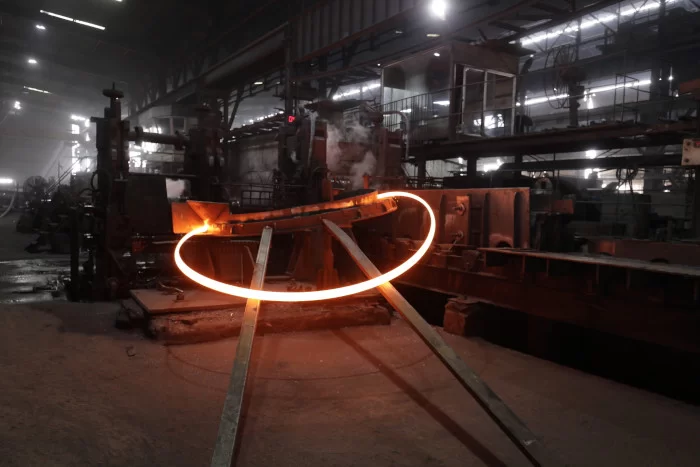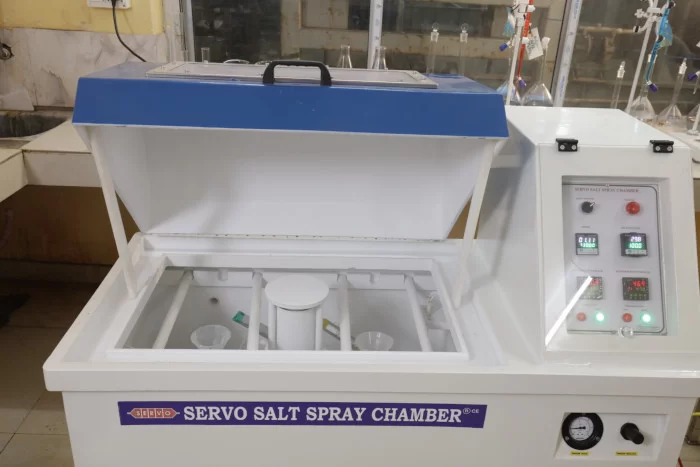German GI (Galvanised Iron) Process: Definition, How It Works & Applications
GI Coating is one finishing process that has applications in a wide range of Industries. This process improves parts’ appearance and properties. Initially, metals can only be electroplated with other metals, but with the recent technological advancement, galvanised improving non-metals with this process is available too.
Besides, galvanised can combine the desirable properties of certain metals with other materials. These properties often include strength, abrasion, appearance, resistance, and electrical conductivity. Moreover, this process aims to boost or improve the material’s properties. The material could be metals, plastic, or even wood.
What Is GI Coating?
GI Coating is a coating process that has been around since the early 19th century. Although there has been advancement in the technology used, the basic process remains the same.
There are four primary components of this process:
Anode: This is the positively charged electrode used in the circuit. The anode holds the metal used for the coating process.
Cathode: This is the negatively charged electrode used in the circuit. It holds the material you want to coat, also called the substrate.
Coating Solution: This is one of the most important metal finishing solutions. It serves as a catalyst facilitating the flow of electricity in the circuit. The coating solution usually contains copper sulphate and one or more metal salts.
Power Source: The power supply adds current to the circuit. The power source introduces electricity to the system when connected to the anode.
Advantages of GI Coating
Offers Substrate Material Protection: Protecting objects from corrosion and tarnishing is one of the major advantages. Furthermore, it also improves object shock protection and heat resistance.
Reduces friction: Electroplating objects minimizes the friction on metals when rubbed together. Hence, reducing scraping and heat generated. Moreover, less friction also translates to less wear and tear, allowing you to use objects for a long period.
Improving object properties: this process imbues objects with extra properties such as thickness, magnetism, and conductivity. This gives the process application producing electronics and other products that require materials with such proper.
Environmental Pollution: when not properly done, this process can produce hazardous waste that is detrimental to the environment. However, you can avoid this with proper waste management.
Expensive to set up: A complete setup for this process is quite expensive as you would have to get metals, chemicals, and other expensive equipment before it is up and running.
Takes time: Metal deposition occurs very slowly, which takes a lot of time. It even consumes more time when the material requires more than one layer.



